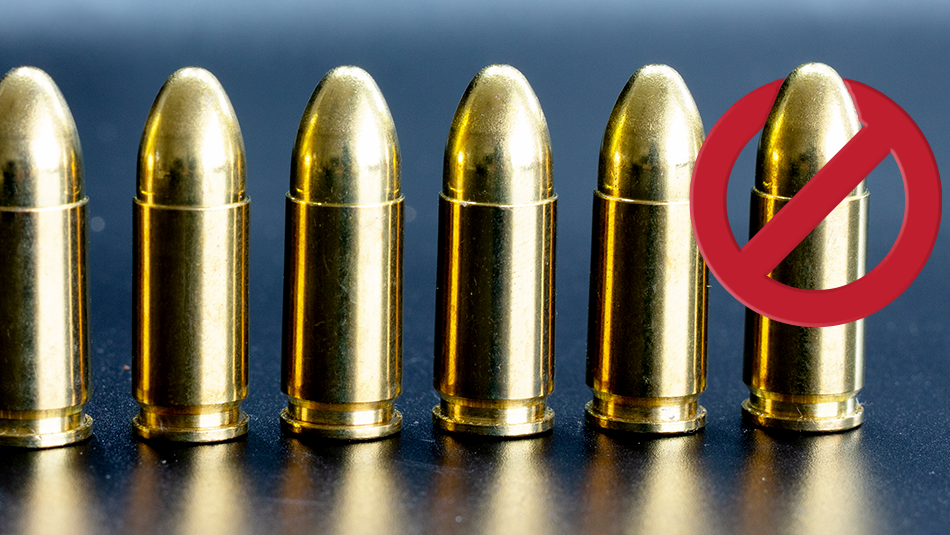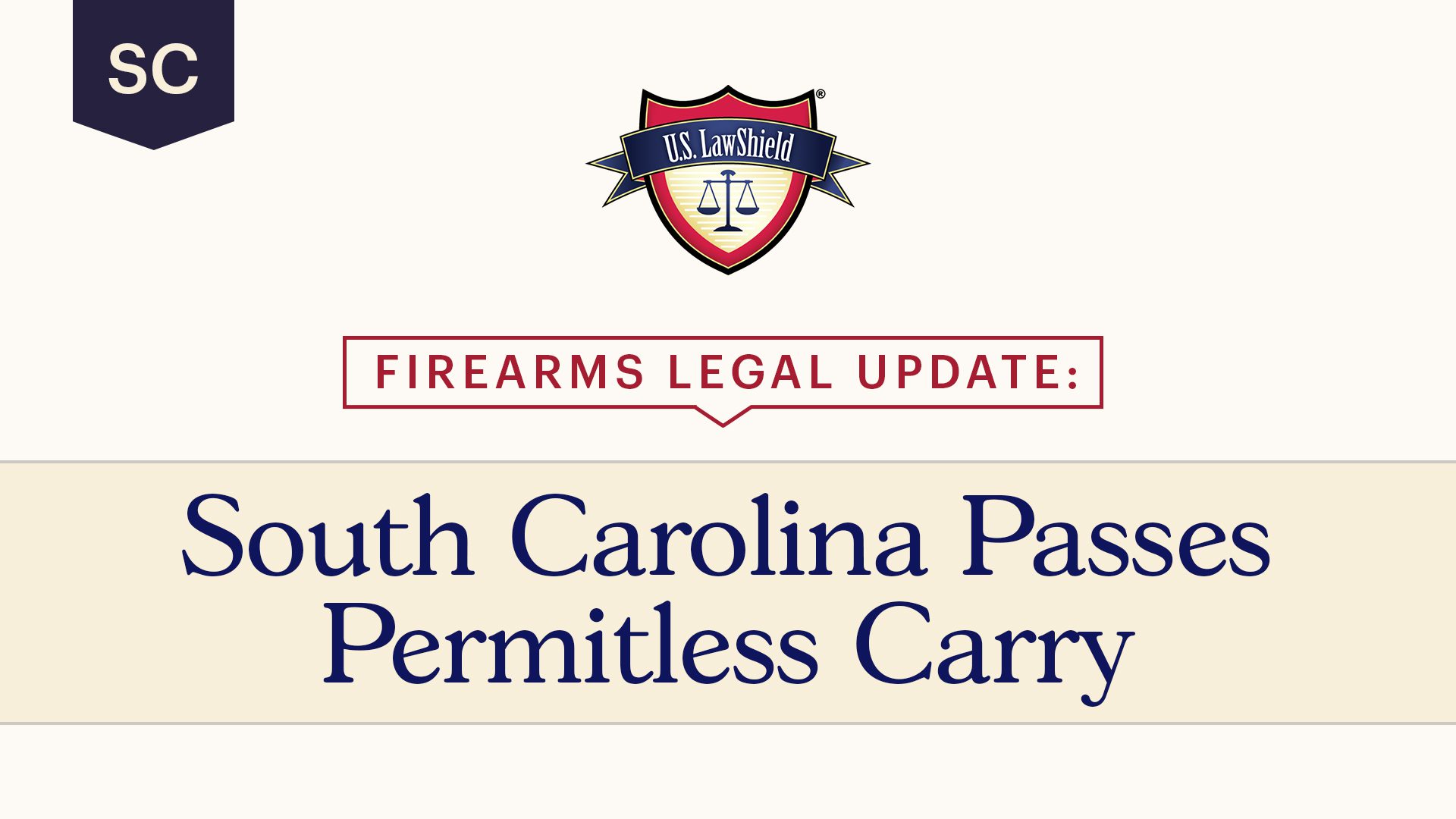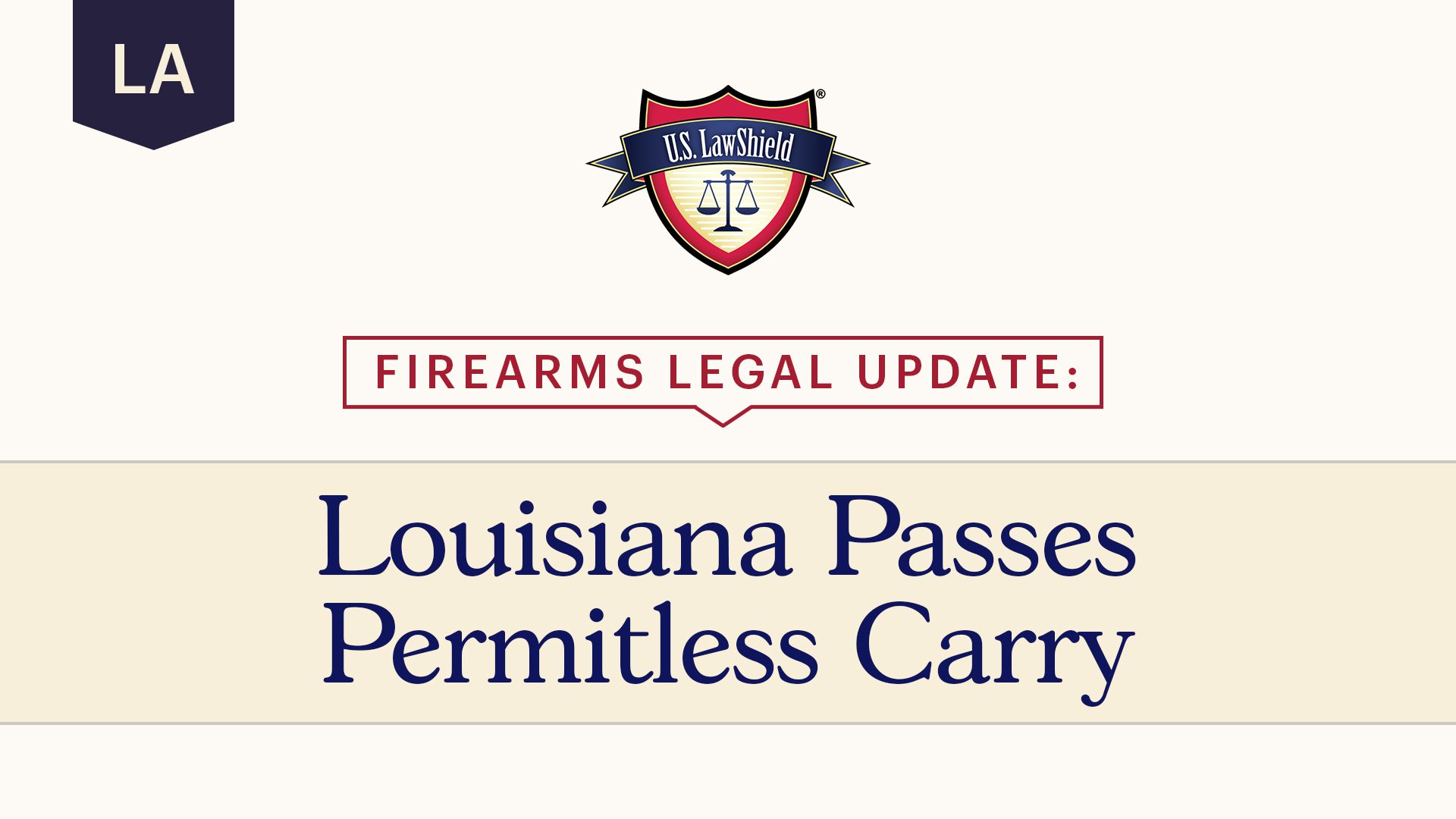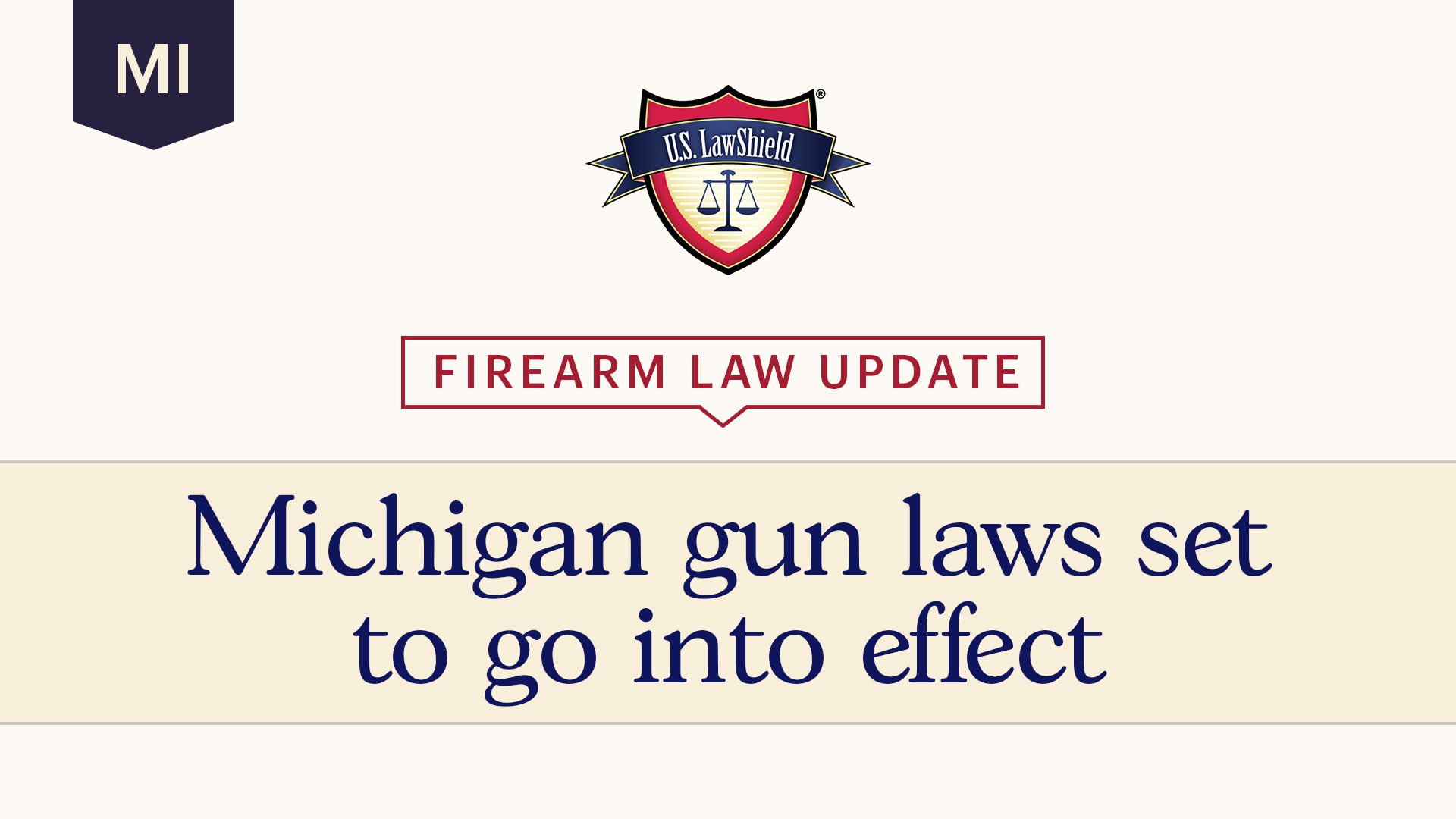
You probably recognize the memorable movie lines delivered by actor Clint Eastwood: “Did he fire 6 shots or only 5? Well, to tell you the truth, in all this excitement I’ve kinda lost track myself.” However, imagine a jury debating over the quantity of shots fired and assessing whether you acted with reasonable force or excessive force. Let’s examine this very important and distinguishing detail that could mean the difference between a “not guilty” verdict and a prison cell.
Self-defense incidents are often over in a matter of seconds. Instinct kicks in and it’s all about survival. You’ll do what’s necessary to protect yourself and your loved ones. When the attack is over, what will you be left thinking? Likely, you won’t be parsing through the number of shots you fired or the time it actually took to defend yourself. You may find it hard to believe, but those details might be how the prosecutor makes a case against you.
Defining a “reasonable amount” of force isn’t clear cut and varies widely across different states. However, under most legal frameworks the response to the threat usually has an element of proportionality in the reasonableness calculation (i.e., was the responsive force used against the threat proportional to the amount of force used in the threat itself?). How does a jury determine whether your force was “reasonable” or “excessive?” Do they examine the number of shots you fired? Do they look at the timing between your shots? Let’s examine a few recent incidents for some perspective on this issue.
The outcome of any given case is never guaranteed, and your act of self-defense may be hyper-scrutinized by a judge or jury on any number of situational factors.
Why Did Steven Fire 5 Shots?
Take the case of a U.S. LawShield member, Steven, who defended himself from a perpetrator attempting to run him over with an SUV. The perpetrator swerved the vehicle toward Steven during the attack, but Steven jumped just in time and shot at the tires, disabling the vehicle. In seconds and with 5 shots, Steven struck 3 of the 4 tires. Unfortunately for Steven, the investigating officers and prosecutors only thought that the first 4 shots were justified and charged him with aggravated assault for the 5th shot. Keep in mind, you won’t find a law on the books that says 4 shots are acceptable but 5 is too many.
Was this force reasonable, or was it excessive? Unfortunately, this issue is often left to a jury to decide. The general legal framework calls for an analysis of how an ordinary and prudent person in the same circumstances as the actor (the person acting in defense) would act. Then, juries look at the actual conduct. Did the conduct conform with what a reasonable person would do? If yes, then the conduct should be justified. But if not… well… that conduct would be excessive or unjustified under the circumstances. In Steven’s case, after a 4-day jury trial, the U.S. LawShield Independent Program Attorney secured a “not guilty” verdict. However, this was only after a long investigation, arrest, and many court appearances. Steven’s case took place in Texas, but the same lessons ring true across the nation. In fact, reasonableness is the ultimate question in most self-defense cases.
Examples Across the Nation
Not Guilty
Tony was found not guilty in Montgomery County, Tennessee, for charges arising out of a self-defense incident at a night club. Tony admitted that he shot 2 men multiple times during the altercation. However, one of the hottest points of contention during the trial was an 11-second gap between shots. The State argued that that showed there was time for reflection and judgment amounting to premeditation. Tony testified that he believed he missed one of the attackers during the assault and they were a continuing threat. The jury agreed with Tony and acquitted him on all charges.
Pending
Kyle is charged with multiple counts of murder arising out of an alleged defensive incident in Kenosha, Wisconsin. While some, such as Representative Thomas Massie (R-Ky.) say that Kyle exercised “incredible restraint,” prosecutors in Kenosha County disagree. The criminal complaint alleges Kyle shot a total of 5 times during the incident; 3 times in quick succession during the first altercation, and then 2 additional shots when he was chased and confronted by a group of people as he was attempting to run away. Was Kyle’s use of force excessive or a reasonable response to the threat posed to him? There are strong opinions on both sides and the outcome remains to be seen.
Guilty
Jerome, an Oklahoma pharmacist, was convicted of murder after defending himself against an attempted robbery. Jerome claimed self-defense in response to the robbery, but the jury was not persuaded. They heard testimony that after one robber was shot in the store, the second robber fled. Jerome attempted to chase the second robber, but returned to the store approximately 45 seconds later, when he grabbed another gun and shot the first robber 5 more times.
Was Jerome’s use of force excessive or reasonable? The issue of reasonable force is almost always intertwined with immediacy. Because there was a cooling-off period and the first robber was no longer a threat, the use of deadly force was considered unreasonable, excessive, and unjustified.
Will The Jury Say “Guilty” or “Not Guilty?”
Whether it is reasonable or excessive, the quantity and time issue figures into the jury’s assessment of force. Keep in mind, the justified use of force or deadly force is not just a defense to keep yourself, family, and loved ones safe—it is also a defense to a criminal charge. As a responsible gun owner, you must be prepared for both.
For more information about your legal self-defense rights, contact U.S. LawShield and ask to speak to your Independent Program Attorney.
The preceding should not be construed as legal advice nor the creation of an attorney-client relationship. This is not an endorsement or solicitation for any service. Your situation may be different, so please contact your attorney regarding your specific circumstances. Because the laws, judges, juries, and prosecutors vary from location to location, similar or even identical facts and circumstances to those described in this presentation may result in significantly different legal outcomes. This presentation is by no means a guarantee or promise of any particular legal outcome, positive, negative, or otherwise.





I’m a phatmacist, I would have double-tapped the guy to begin with, negating the need to come back and have to deal with him again under any circumstance.
That would be my reaction as well. But there are prosecutors who look at the practice it takes to perfect a ‘double tap’ as indications of premeditation of violence.
The term “double-tap” can be used against you in a trial!
I would say that Steven also showed restraint by targeting the tires of the vehicle trying to run him over.
Steven should be looked at as a person trying to use deadly force as the last option by shooting the tires out of the car that was trying to kill him. He could have just shot through the car to start with and trying to kill the driver first but did not. Makes me sick how are legal system is anymore. One big reason I have u.s lawshield to help protect me if I’m ever in a situation that I have to use deadly force to protect my own life.
As a cop in a university town, many years ago, I was taught, during training, to continue firing until the perp was no longer a threat. If it took six rounds(we all carried revolvers, then) to end the threat, you fired six times. I received the same training in the military; ‘continue firing until there is no longer a threat.’ Don’t know if a jury would consider falling back on ‘deeply’ ingrained training, use of excessive force or not.
If a vehicle is coming toward you how do you shoot 3 of 4 tires in quick succession you would basically have to be getting out of the way of the vehicle to shoot the rear tires so if you could get out of the way that what justifies him to continue with the shoot ?
If a vehicle is coming toward me I’m going to first try to get out of the way. If I determine I can’t do that then I’m shooting at the driver. A vehicle with flat tires can still kill you.
I am of the opinion that there are no rules when someone is trying to bring harm to you or your family. I shouldn’t be burdened by rules of response if I didn’t put myself in the situation to have to defend myself. The fact that the courts can turn a preparator into a victim is pathetic and absent of any common sense.
Question more than a comment. In the first case where an SUV was attempting to run over Steven, he managed to shoot out the tires. I have read about instances where a vehicle is heading straight for a police officer and that same police officer has either nearly emptied or emptied his entire magazine into the front windshield of said SUV. That police officer fired a lot more than 5 shots.
Also, as another commenter has mentioned, in his police training he was taught that you keep firing until the threat is no longer a threat. It puzzles me how these police officers could deem the 5th shot as aggravated assault?
Who shoots tires? Of course I don’t know the whole story with Steven. Sounds strange to me.
Other than Tony being in a Night Club with a gun (I always think about night clubs as bars with dancing, but maybe I am wrong about that), I would have done the same. Make sure all threats are contained…
Kyle was running away and they were still after him. I can’t see him losing this one from the info given.
Jerome… Not good. I would vote to convict. Too many mistakes.
The bigger question is one of rampant prosecutorial misconduct and abuse of citizens’ exercising their right to self-defense. When is our cadre of sainted and be-knighted defense attorney’s going to band to together and become active in pursuing remedies (e.g. disbarment of and/or enactment of laws allowing civil actions against said prosecutors?)
Jerome failed to shut up and still won’t you this day.
I was a Coast Guard LE petty officer and small arms instructor for several years. I was taught and taught others to shoot center mass and AT LEAST double tap to eliminate the threat. We used .45 and 9mm ball ammo at the time (1990s) so you would probably have to shoot the assailant multiple times to neutralize them as a threat. We all knew that. We also taught that you must ALWAYS be able to articulate WHY you shot the person. That means you HAVE to be AWARE of your surroundings, what type of threat the person you shot posed to you AND if they were, in fact, posing a threat to you when you shot them (perceived and actual physical threat). Along with this you have to make verbal warnings AND present your weapon in a defensive manner. Your assailant needs to know YOU are NOT going to be a victim. Verbal warnings and posture with your firearm are VERY important but being able to say WHY you shot your attacker is AT LEAST as important.